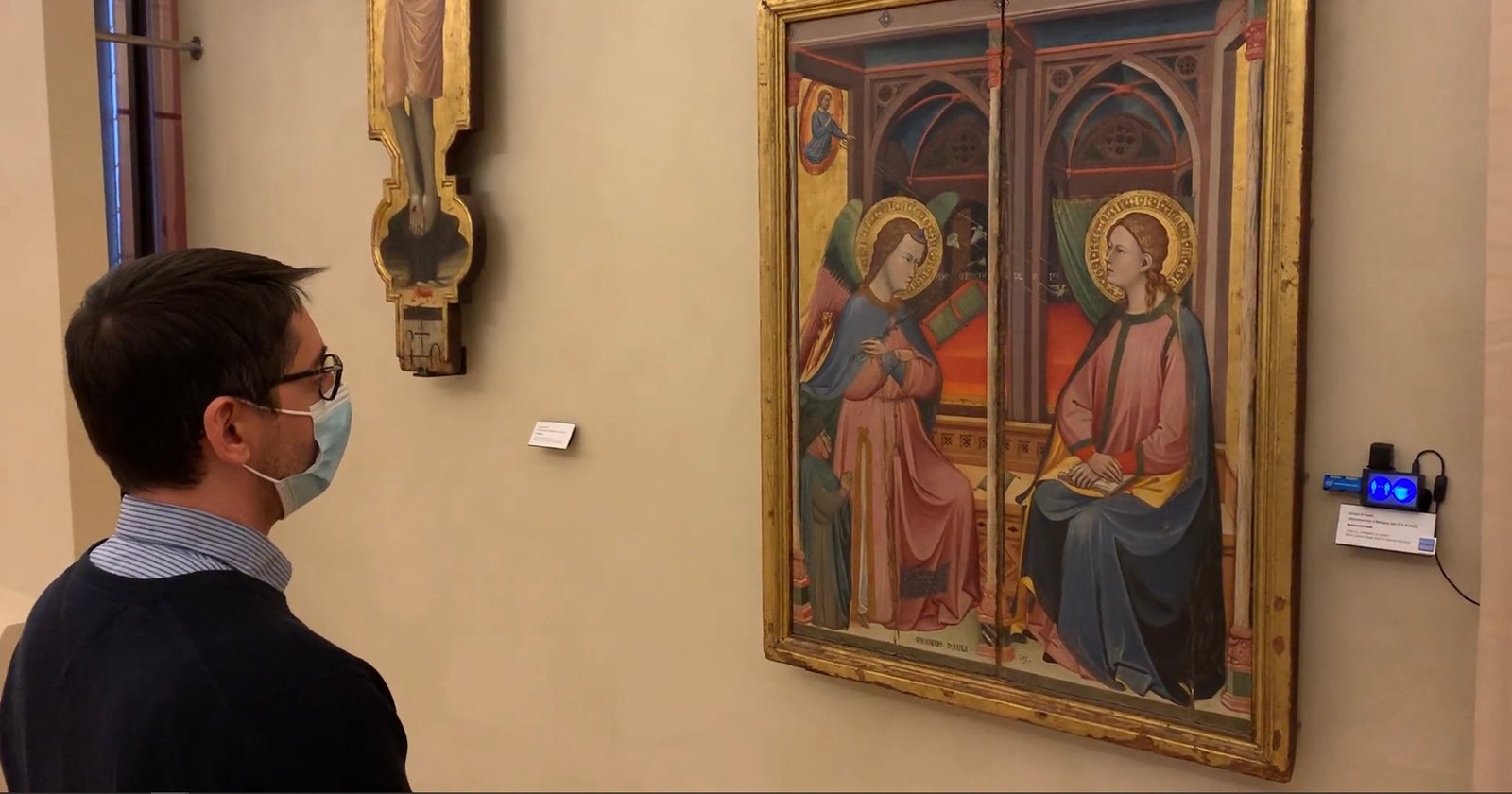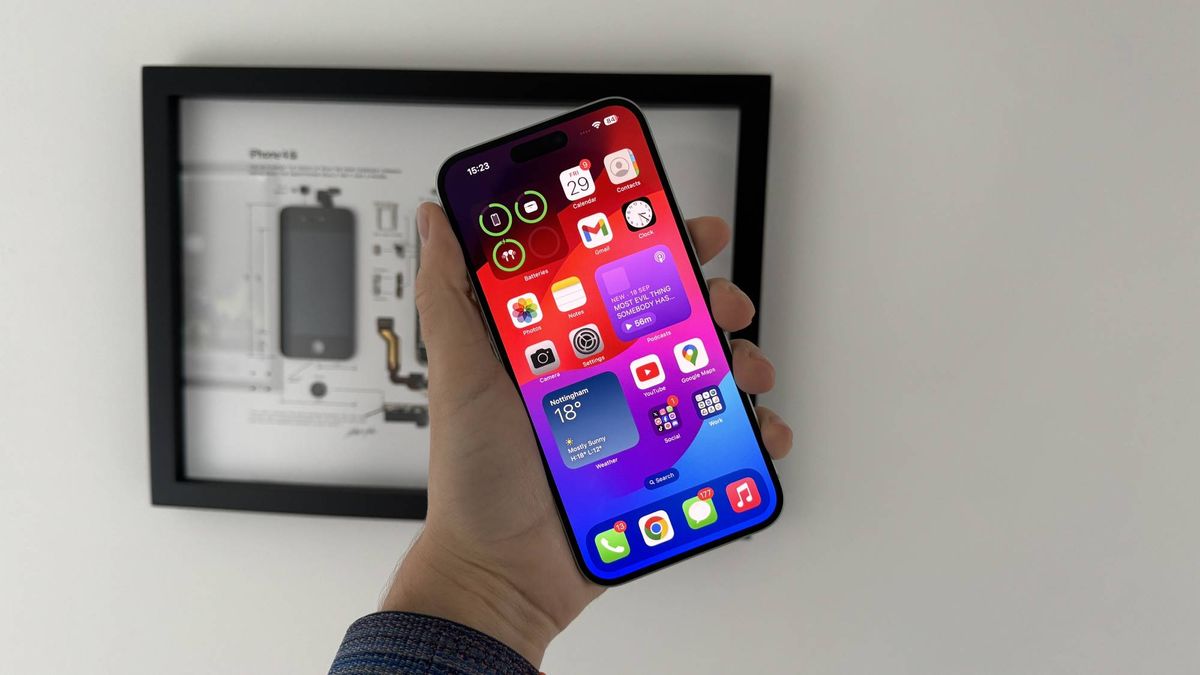
A group of Italian museums from Bologna has introduced new augmented reality cameras that are designed to determine the appeal of exhibited paintings by collecting data on how many visitors view them and for how long.
Artificial intelligence technology has found its way into more traditional art sectors, such as the augmented reality tech that saw Rembrandt’s “The Night Watch” painting restored. Similarly, a recent collaboration between the National Agency for New Technologies, Energy and Sustainable Economic Development (ENEA) and Istituzione Bologna Musei has produced a system that can gather information on the number of visitors who have viewed exhibited pieces and the characteristics of their behavior, as reported by Engadget.
Titled as the ShareArt project, the system, developed and implemented in Italy, consists of a series of data acquisition devices that are equipped with a camera to collect data and send it to a central server for storage and processing. This information helps monitor visitors’ interest and appreciation of works of art, and it can also be used as a health and safety process to detect — and also notify in real-time — correct use of face masks and distancing measures in venues.
“Through a camera positioned near the work, the system automatically detects faces looking in the direction of the work itself, acquiring data relating to the behavior of observers such as, for example, the path taken to approach, the number of people who have observed, the time and distance of observation, the gender, the age class, and the state of mind of the visitors who observe,” the system was explained by the four ENEA experts Stefano Ferriani, Giuseppe Marghella, Simonetta Pagnutti and Riccardo Scipinotti participating in the project.
The new technology has only just begun to be introduced at museums under the umbrella of Istituzione Bologna Musei, although it dates back to 2016, Bloomberg reports. The first pilot of the system collected data that already highlighted certain aspects worth noting, such as the fact that most of the visitors visited alone and correctly wore masks. The project also helped find that visitors spend an average of just four to five seconds observing each work of art and only a few exhibited pieces manage to keep visitors engaged for more than fifteen seconds.
Overall, the system is set to help museums and galleries boost visitor numbers — especially, following the loss of tourism due to the pandemic — by reviewing and reacting to behavior data which can help optimize exhibitions to make them more appealing and it can help with the museum and gallery layout alterations, too.
More information about the project and its continuous development can be found on the ENEA website.






